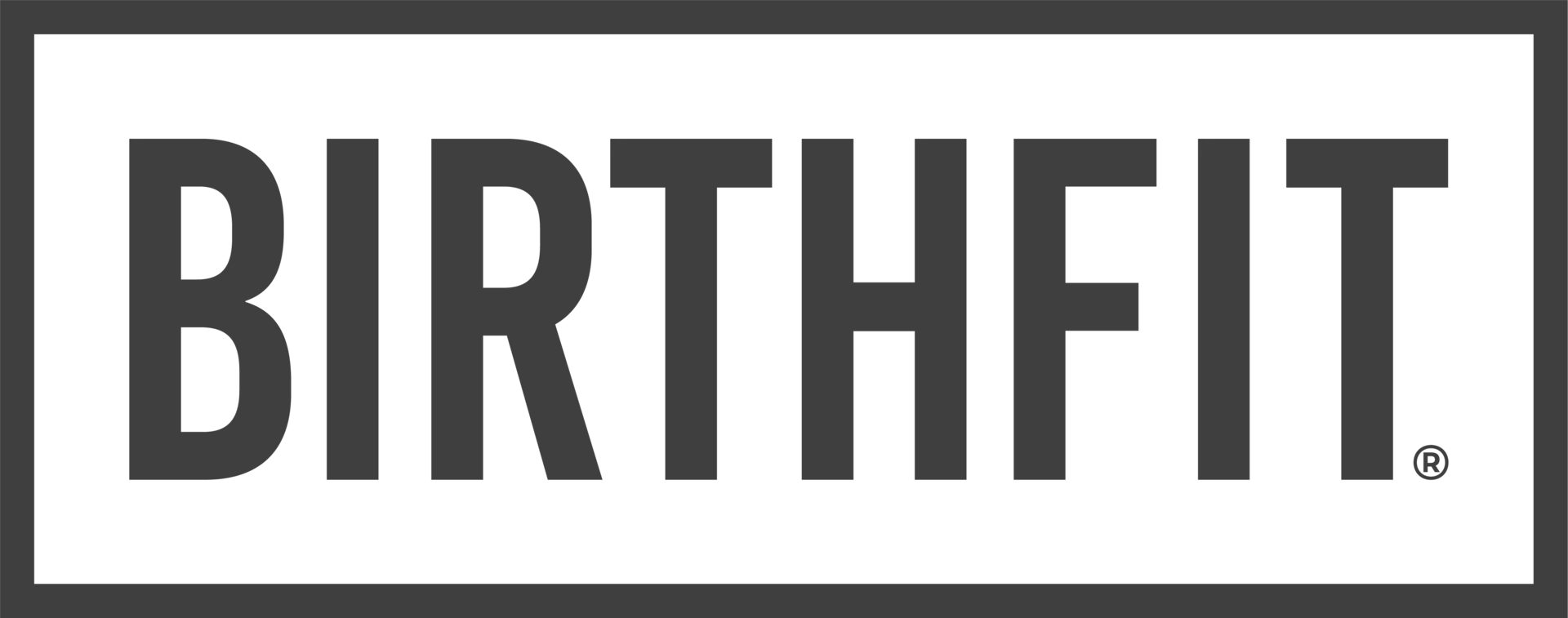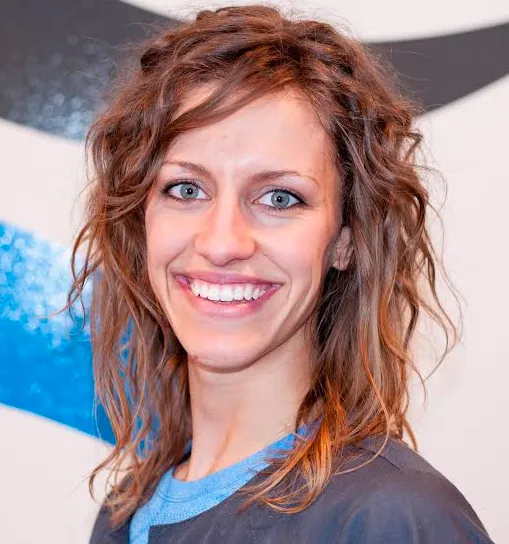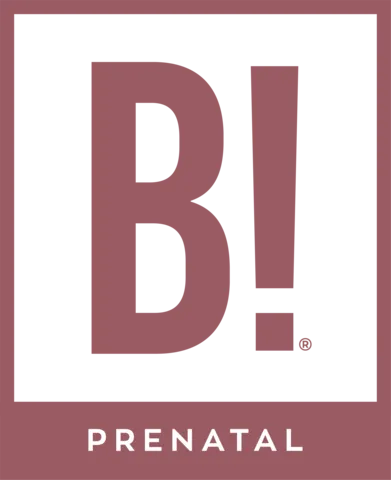As discussed in Part 1 of the DRA blog series, in order to understand how to heal diastasis and properly train the core, we need to understand how our bodies were made to function in the first place. Babies are born with immature motor patterns. You will notice newborns tend to have knees tucked and hands and arms often flexed close to body and even near the face. Development begins with the drive to learn more and explore the surrounding environment. As babies are exposed to lights, sounds, and touch, they have the desire to discover more of this world and begin to integrate different parts of their body into learning.
Babies are not taught to roll, hold or grasp objects, sit up, crawl, or walk. Movements do, however, occur in a typical sequence and it is crucial that each milestone is met. Our movement patterns in the first year of life are the basis for function in movement as adults. As we watch the movements of babies and toddlers we can teach ourselves. If milestones are not met, the area is not used properly with movement patterns and can lead to problems later on. For example if support on elbow during tummy time, rolling or crawling does not happen, the scapula (shoulder blade) is not secure within movement and can eventually lead to impingement issues or even tears in the rotator cuff, etc. This is also one reason a patient can have surgery on that same shoulder and end up with the same problem. If the movement pattern is not addressed, the problem remains. Meeting milestones seems exciting as the little ones progress but the saying holds true “let them be little.” Let them do it on their own and do not push before they are ready.
Developmental Milestones:
6 weeks:
Thumbs move from inside closed fist to outside closed fists
Eye contact begins
3 months:
Open fist
Support on elbows
Can rotate head without moving trunk
Spine starts to upright from mid to upper back
4.5 months:
Start support on opposite knee and elbow (helping to begin closure of DRA)
Diaphragm flattens and mature breathing patterns begin
Free hand grabs objects but cannot cross midline
Hands can touch hips and groin
6 months:
Oblique muscle activation occurs
Able to roll from back to belly
Can grab feet with hands
7 months:
Can bring toes to mouth
Rocking from base of support on hands up to all fours
7-8 months:
Start to creep forward with use of upper body
Oblique sit occurs (first elbow and down thigh, eventual open hand and down thigh)
8 months:
Crawling
Sitting upright
9-10 months:
Further crawling development
Stepping forward to standing
Side walking along furniture
10-12 months:
Stand freely after standing with support
Walking between objects (side to side)
Walking in sagittal (forward) plane
14-16 months:
Stand independently from “bear” position
The movements attained in the first year of life are the foundation of all basic human movements. Following a major event like childbirth (or surgery or other major trauma), re-learning these movements IN ORDER helps heal the body as well as establish a solid foundation to build strength on. The diaphragm is used for both breathing and postural support. At 4.5 months as the diaphragm flattens and a more mature breathing pattern begins. When addressing the core, especially postpartum, the first step is establishing a strong breathing pattern. (Check out Dr. Mumma’s video here.) This is key in reconnecting to your core. After creating a human in that space for the the majority of a year, a woman needs to discover her new normal. Working on diaphragm activation can and should be done in the first day after birth while bonding with baby. This does not mean you need to start exercise but just focusing on what you are already doing, BREATHE!
12-16 times per minute: BREATHE.
In through your nose, out through your nose or mouth, filling your entire abdomen with air. When you inhale, your chest should not rise, but rather your belly should expand 360 degrees. This begins the healing process of the postpartum period internally.
Healing of the core needs to come from within. This occurs only after proper diaphragm activation which is a movement downward of the diaphragm during inhalation and upward during exhalation. From the outside, there will be expansion of the chest and abdomen in an outward direction as opposed to a dysfunctional upward motion of the chest and shoulders, as you saw in Dr. Mumma’s video above. As diaphragm moves downward, abdominal and lumbar musculature are contracted eccentrically (bracing outward, NOT SUCKING IN) and simultaneously counteracted by pressure of the pelvic floor. How awesome is it that we can gain a strong core by doing exactly what the baby just born will be doing?! Start with diaphragm activation, gaining proper intra-abdominal pressure, and move through the sequence of developmental movements, and the core will be strong enough to support day to day movements and eventually more vigorous exercise.
Breathing and movement patterns need to be discussed before birth and definitely assessed postpartum. Change is needed. It starts NOW.
As a practitioner, my work with pregnant and postpartum women continues to grow. This is where I not only see the literal gap in the body’s system (DRA) but also see the figurative gap in our system.
Consider this scenario: mom has baby, mom and baby are both healthy, mom presents for postpartum check up and pending no major issues is “cleared” for exercise. The evaluation being done of the core function at the postpartum visit is minimal at best and often completely overlooked. In fact, full movement patterns are never assessed. There is occasionally a check for diastasis rectus abdominis but not the entire core function. This leads to mom turning to online forums for help with a “gap” in her stomach or she may have been told to do crunches and sit-ups to help. The fact that our society has made “mommy tummy” a marketing ploy is an entirely different topic.
Let’s think about this though. In a hospital setting, as most births in our country are, practitioners are allowed limited time with patients as it is. For them to take on a thorough, functional physical would not only add appointment length but also require further education. My opinion is this is the point that collaboration in postpartum care must occur. Furthermore, my experience has proven time and time again that restoring core function in the immediate postpartum period launches moms into better recovery postpartum and overall better movement patterns. Long term, this leads to everything from less leaking when she sneezes (or runs, or laughs) to reduction in neck and back issues.
Beyond that, when assessing and treating the DRA, we must recognize that this is related to the entire movement patterns of the mother and not the diastasis alone. Sit-ups, crunches, holding the belly together during a contraction of the abs, and “zipping” the waist are not exercises that will be relatable to true movement. These are exercises towards strengthening single muscle groups and while they may seem to be beneficial temporarily, long term problems are likely to remain. We do not decide to get up from the chair and use transverse abdominus to walk to the yard. We also don’t consciously think about using our pelvic floor to stand at the park and watch our kids play. We need these muscles to be working together without conscious thought and in order for the muscles to work together they need to be trained through movement patterns we will use. Often that means taking it back to the basics of moving like a three or four month old infant. Trust me, even athletes moving heavy weights are humbled by this training and while they may be frustrated at the idea of dropping their weights, they are happy with the eventual improved strength and reduced risk of injury.
How does this all relate to your pelvic floor? Your core function is directly related to your pelvic floor function (fun fact: your pelvic floor is part of your core). It is actually directly related to ALL movement. Your core is your powerhouse. Without stability in your core, your foundation is off and eventually the pieces will crumble.
BIRTHFIT is education! We refer to the postpartum period as Queen in Training, and expect this specific healing time to last 9-12 months. Postpartum lasts a lifetime, but we want you to focus on the movement milestones to meet as a mother and hold yourself accountable to this. Approach your immediate postpartum period with intention and purpose. Know your body and understand how it functions as one unit. You will heal in less than a year and you will function better than before. If you can grasp this concept and share this with others, together we will create the shift in care that we need.
Dr. Erica Boland, DC
BIRTHFIT Wisconsin
@EMOMDC
PART THREE… next week, relating core function to training
http://www.birthfit.com/2016/06/20/diastasis-rectus-abdominis-filling-gap-part-3/
Get Started
Effective programs for both MIND ⊕ BODY
This is a general strength and conditioning program for women in all seasons and cycles of life. You receive four workouts each week with options for those with limited equipment and variations on movements.
Start moving and training with your cycle ❤︎
Slow is Fast when you heal your core and pelvic floor from the inside out by starting with breath work, natural movement patterns, and continue to progressively build upon a solid foundation. The number one referral for doctors and midwives.
Are you open to conception? Join us in B! Community training. A general strength and conditioning for women that train while honoring their menstrual cycle. Everyone is in a different part of their journey, we support you where you are.
Do Pregnancy Different, when you connect with your body daily through a safe, effective prenatal training program for all levels and all fitness backgrounds that includes core and pelvic floor prehab, mobility, strength, and conditioning.







